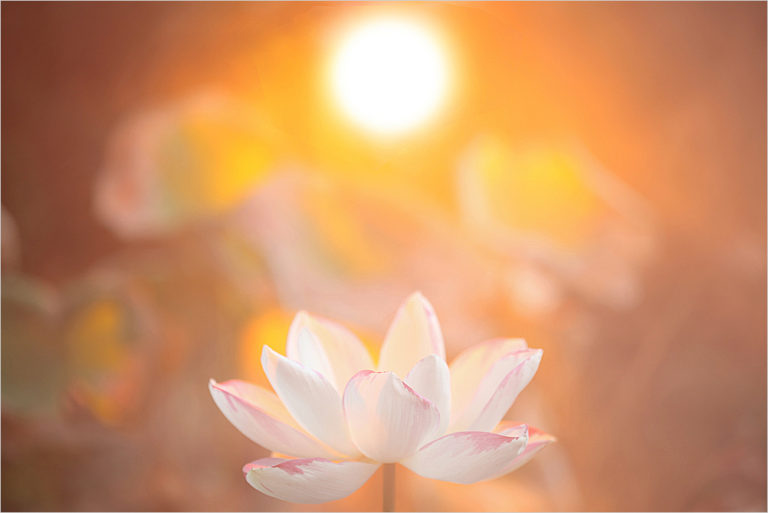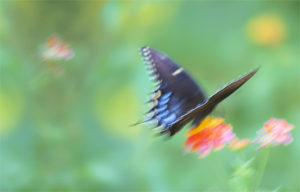
By the third or fourth week of January, many of us are reevaluating our lives. We’ve either made resolutions (and perhaps already broken them) or we are resisting this ancient practice with awareness of the years of collapsed intentions when previous New Year’s hopes didn’t pan out.
Yet we continue to be drawn to the symbolic cycle of each New Year because we crave growth and change. Like the snake, the symbol of healing (seen in the Rod of Asclepius), we long to shed our skin and emerge from the constraints that hold us back.
Stories of rebirth offer hope that change is possible, and that we can be made new again. The parts of ourselves that we’ve outgrown—the aspects of our personality and our life that keep us stuck, can be discarded, making room for new growth. With each new year, we imagine ourselves in new light—and set intentions to change.
Images of rebirth in faith traditions, in myths, and in nature symbolize the cycle of death, liberation, and ultimately rebirth. The Phoenix, for example, is a mythical bird that was said to live 500 years, burst into flame, and then arise from its own ashes after three days. This image represents the recurring cycle of resurrection, immortality, and the indestructible nature of the spirit, as well as the pain and destruction necessary to this cycle.
In the Gospel of John, Lazarus is raised from the dead after being buried four days in a dark tomb. Jesus tells Lazarus—still wrapped in the cloth that bound him—to get up and come to the entrance of his tomb. He commands Martha and Mary, Lazarus’s sisters, to unbind their poor brother so that he can be free to live life with fullness. Imagine that you can unbind yourself from whatever darkness holds you.
The lotus flower is another symbol of rebirth. The Sanskrit word for lotus, pankaja, means “mud-born.” Although rooted in mire and nourished by decomposed matter, the lotus rises each day and opens radiantly into the light. Throughout the day the flowers turn to face the sun as it moves across the southern sky. After sunset the petals close into a tight bud before the lotus descends into the murky soil of the pond or river. We are not separate from the earth. We grow from it and each day is a new beginning. All arises and passes away.
We must be willing to let go of parts of ourselves that do not serve us well. That might mean something as seemingly small as forgoing coffee in the afternoon so we sleep better at night, or as large as leaving a job or relationship that no longer fits who we are becoming. Growing into our fullness requires that we accept the mud from which we come.

The butterfly is a ubiquitous symbol of transition, growth, and rebirth because of how the crawling caterpillar enters its cocoon and is transformed into the delicate and graceful winged butterfly. But this process needs effort to work, as Paulo Coelho describes in his Dec. 2007 blog entry “Lesson of the Butterfly.” A man watches “a butterfly struggling to emerge” and decides to help it by cutting open the cocoon, but the butterfly never flies, never even opens its wings, remaining shrunken and shriveled:
What the man – out of kindness and his eagerness to help – had failed to understand was that the tight cocoon and the efforts that the butterfly had to make in order to squeeze out of that tiny hole were Nature’s way of training the butterfly and of strengthening its wings.
Psychotherapy is not painless. People wanting to change must face fundamental aspects of themselves that no longer (or never did) serve them. The obstacles we confront help us to be whole; avoiding them never does.
It’s popular in social media to present lists of “5 ways to cure” this or that. Such lists simplify and distort what is often difficult inner work. Some psychotherapy sessions are smooth and feel-good, but if every session is like that, the work may not be deep enough—for surely change involves difficulty.
We can be born anew each day, and in every moment. Many traditions teach lessons about renewal. Mindfulness meditation, when done regularly, can provide the foundation to live each moment and then let go of it as the next moment comes.
What are the important images in your life, and what do they say about you? Find the images that form inside you, as you listen to stories, poetry, or in the silence of the meditations. Your image could be a butterfly, a lotus flower, even a humble loaf of bread (which can’t be made without punching and kneading). Allow images to form in your awareness, and then bring insight and understanding to what they might symbolize.
Think of a story that was central to you and your development. For me, the tortoise and the hare were important, and one I have returned to many times in my dreams and as I face challenges.
You cannot live without dying. You cannot live if you do not die psychologically every minute. This is not an intellectual paradox. To live completely, wholly, every day as if it were a new loveliness, there must be dying to everything of yesterday, otherwise you live mechanically, and a mechanical mind can never know what love is or what freedom is.
We need stories to grow.
Habits are hard to change. There are ways to help you keep realistic resolutions. This NY Times article summaries several studies that show ways to make good habits stick.
- Psychotherapy in the Virtual Space: How teletherapy has changed the way we give and get care - April 26, 2021
- (home video area – couples counseling) - November 23, 2011
- (home video area – mindfulness) - November 23, 2011


Don says
A very nice post, Susan. Really quite lovely and thought provoking.
Todd Saunders says
Good stuff – love the line: “We need stories to grow”…so true.
Phil says
Very well written and profound.
Regards,
Phil